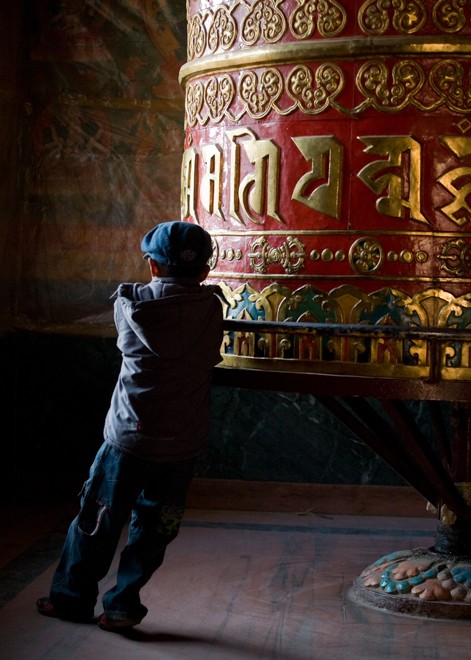Interview: Simon Watkinson, Landscape and Travel Photographer
4th Apr 2013
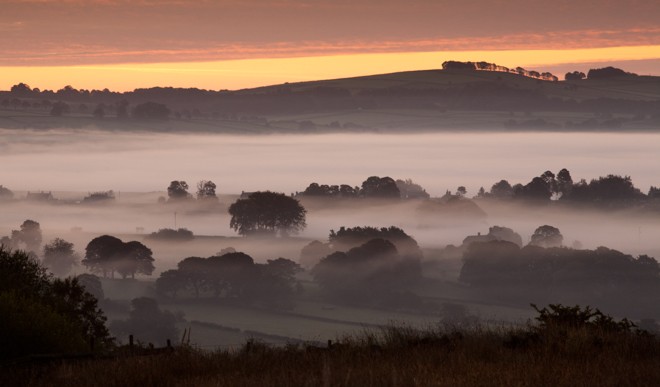
For this interview, we caught up with award-winning landscape and travel photographer Simon Watkinson of World In-Focus. Simon has 25 years of experience in professional photography, is a fully qualified Associate member of The British Institute of Professional Photography and has won numerous awards throughout his career. His professional career as a photographer began in 1987 when he was appointed photographer for the British Food Manufacturing Industries Research Association but he eventually left this position to complete two World-wide tours before returning to London where he interspersed employment in photographic labs and self employment as a photographer. Finally choosing to settle in the Peak District, he set up the very first digital photography training centre (The Peak District Photography Centre) back in 2003.
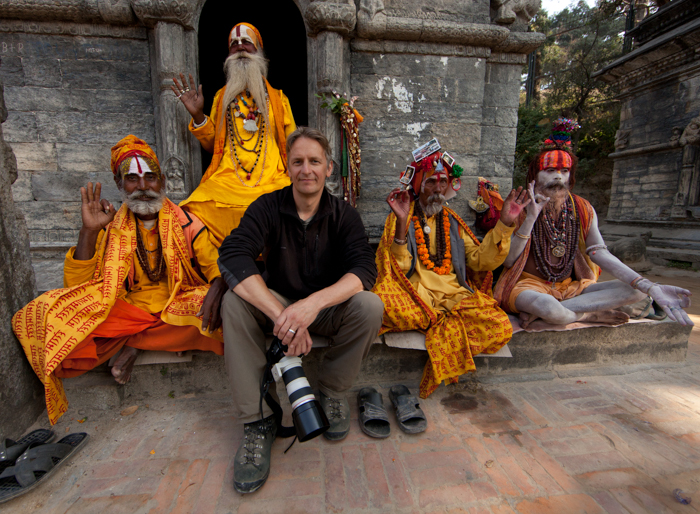
Have you always wanted to be a photographer?
I have always had an interest in photography, but it wasn’t until I started earning money as a cabinet-maker at the age of 18 that I could afford an SLR camera. After the purchase of a Yashica 35mm film camera the bug really bit hard. It became very obsessive and I was out every weekend taking pictures and reading photography books in the evenings. I soon set up a black and white darkroom in the shed at the end of my parents’ garden and would spend many an hour working away on the creative side of process.
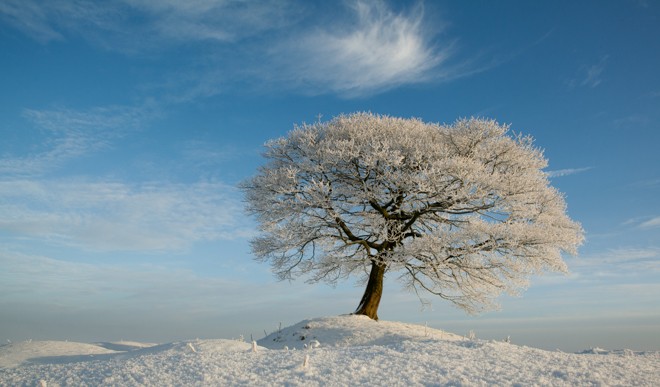
What is your earliest memory involving photography?
I used to love taking pictures when I was on holiday with my parents. A big part of those trips was the anticipation when we arrived back home to get the film processed. My father encouraged me to take pictures and at that very early childhood age I can clearly remember the feel of the heavy camera in my hands. There was something magical about a mechanical object producing images, capturing memories. I fell in love with the photographic image and would stare at old photographs for ages. I remember my father brought my mother a FED 4 (Russian rangefinder camera) for Christmas one year. This camera had a light meter with a needle, shutter speed controls and an aperture ring around the lens with a very odd viewfinder. I just remember having this overwhelming feeling that I wanted one and to learn how it worked. As it turned out the camera was passed on to me in my early twenties and I still have it today some 25 years on.
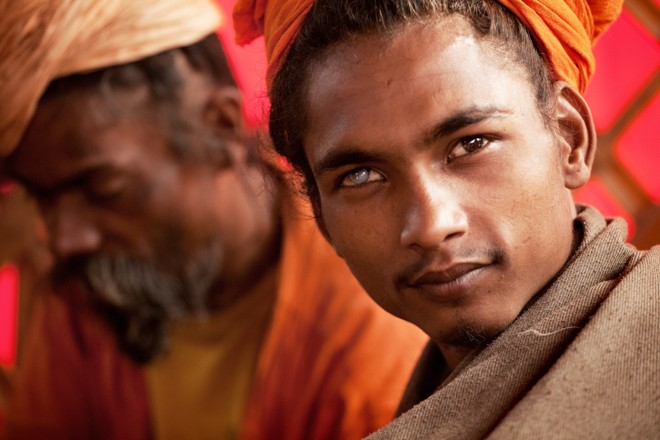
Have you had any formal training in photography?
I’m totally self-taught and it was just my passion that got me to where I am today. I never stuck to one discipline and always experimented. I made many mistakes and in the film days that cost money, so you learnt very quickly. I got my Associateship with the British Institute of Photography some 10 years ago now but never undertook any training with them.
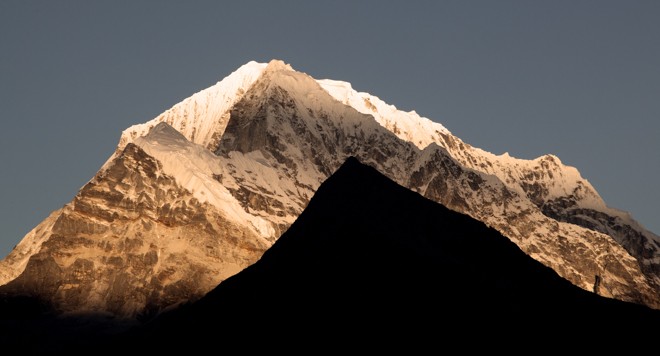
You started your career doing photography for the British Food Manufacturing Industries Research Association. What did that entail?
This was, at the time, the Worlds’ largest food research centre and there were two of us that carried out all of the photographic work. The work there was so varied; one day we could be photographing large food manufacturing machinery, the next day mould in a petrie dish.
We used large format, medium format and 35mm cameras with natural light and studio strobes. It was incredibly technical and involved from the photographic angle, with all the chopping and changing of disciplines. Most of our work ended up in technical journals or company brochures. We photographed large conferences with delegates and politicians from all over the world and even got involved with projects such as the Chernobyl power station disaster that contaminated food all over the world.
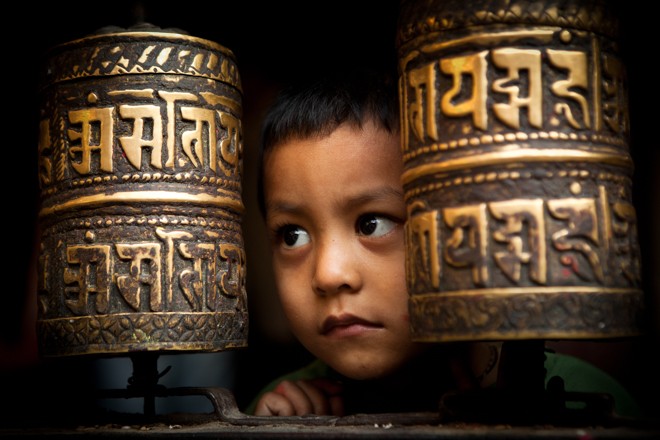
How did you make the move to working for yourself?
I quit my job at the food research company to move into a shared house with friends in London. Whilst I lived there I worked in the photographic labs in London. Life in London around the late 80s early 90s was a great period of time. It was party time most nights and to supplement my social life I took on freelance photography jobs. These jobs were varied; sometimes it was just a pack shot for a small company or a wedding and even promotional work for music venues and bands. It introduced me to the idea of working for myself, and my confidence just grew from there.
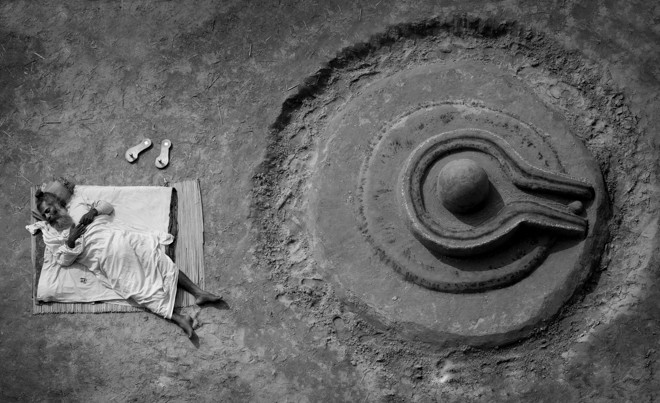
At what point did you discover your passion for landscape photography?
If I wasn’t partying in London I would escape to the countryside and in the last few years that I lived in London I found myself escaping every other weekend. I loved hill walking and my camera went everywhere with me, so the progression into landscape photography became a natural one. I think I was about 27 when the landscape photography bug bit in, and it’s never left me since. I took two seven-month long trips around the World during this period of time and New Zealand was one of those locations. Photographically I found the country very inspirational and the travel was an amazing buzz. I went on to southeast Asia and India and as the culture became further away from that of my own, I found the whole travel thing more absorbing. Quite frankly I was hooked!
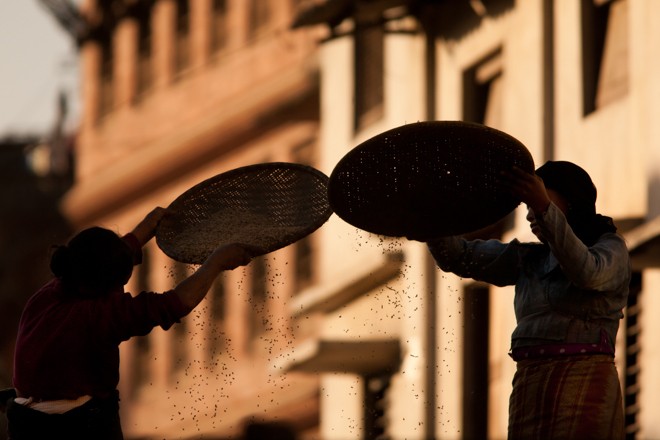
Can you tell us about The Peak District Photography Centre that you set up?
I set up this center as the first digital photographic training centre in the country. At the time it seemed like madness with a 6 Mega Pixel DSLR costing around £2500 and the quality not being so hot, I felt initially that my market might be limited. I had the vision that digital was going to take off and I had a monopoly on this corner of the market for over a year before competition started to catch up. I moved the company into premises in Buxton, Derbyshire and took on contractors and staff to the tune of sixteen people. We had a large photographic studio and an Apple Mac computer suite and were ideally situated on the edge of the Peak Park for our landscape courses that we ran. At its peak, I had over seven hundred clients through the door in one year. A portion of people I trained took the centers training model and set up in direct competition at a time when the recession was starting to bite. To protect myself I scaled down and moved my business back into my farmhouse and continued the landscape courses from there. The company now operates under the name of ‘World In Focus’, which is more relevant to what I do now.
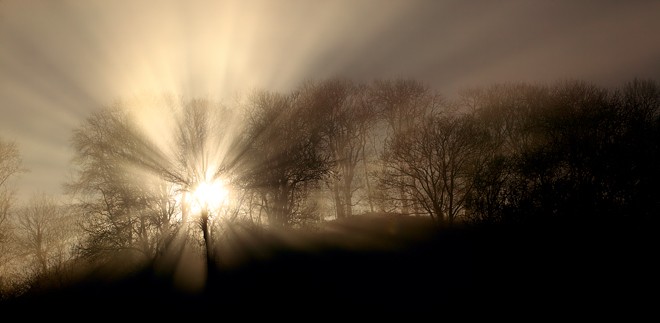
As well as the courses that you run in the UK you also do overseas courses, is that right?
Yes, I just brought my passion for travel and photography together and this is what makes me tick. The overseas tours take in a lot of photographic disciplines from landscapes, architecture and people to the whole cultural shebang.
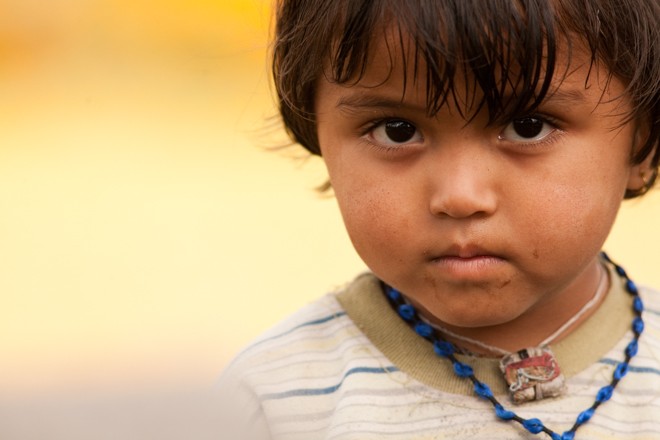
What has been your favourite overseas photography holiday destination so far and why?
A simple question to answer- Nepal! Nepal has so much to offer the photographer, it’s a total sensory overload. It’s a country that has the most amazing landscapes that change so drastically you can’t believe that you are in the same country. The people are so friendly and colourful and Kathmandu is steeped in ancient history. There literally is a photograph to be had around every corner. I’ve done over 15 tours to this amazing place and I never get bored. A lot of my clients feel the same and have also returned, some as many as four times.
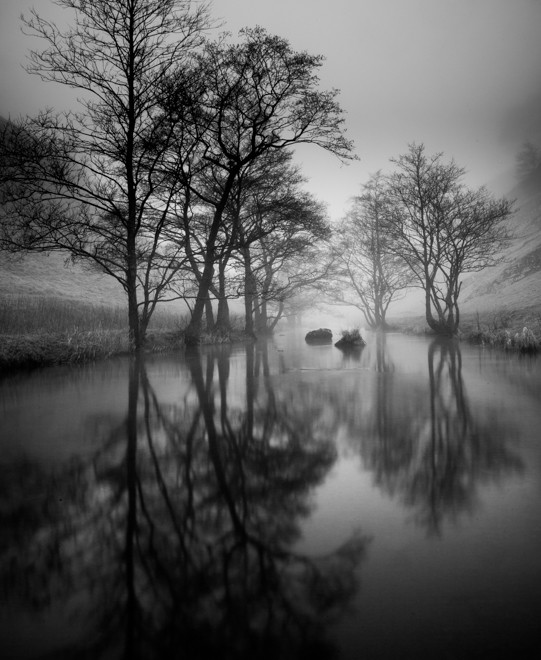
What advice would you give to amateur photographers looking to improve their skills in landscape and travel photography?
Put in the effort and you will be rewarded. Landscape is more often about getting great light and predicting where to be at the right time. Look at the forecasts, plan your time at locations for the best position of the sun and adapt to a changing situation. What I mean by that is, that a great photographer can set out with an idea in his mind but adapt to the changing light/weather and come back with something totally different, but still amazing.
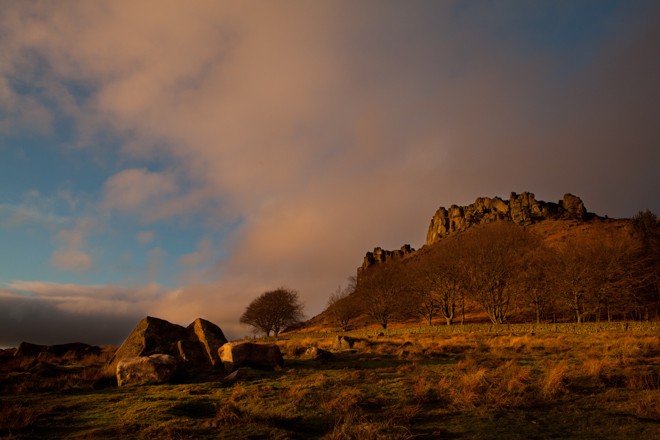
What equipment is in your kit bag?
Funny question this one! I’m not big on the whole gear front as it’s the photographer that makes the image not the camera! I use a Canon 5d Mk11, my main lens is the 24-70 f 2.8 but my favorite travel lens is the 70-200 f4 L because it’s so light and crisp. I have other lenses for wide angle and macro right up to a 300mm prime with 1×4 convertor. All the lenses I own are made by Canon- they just work!
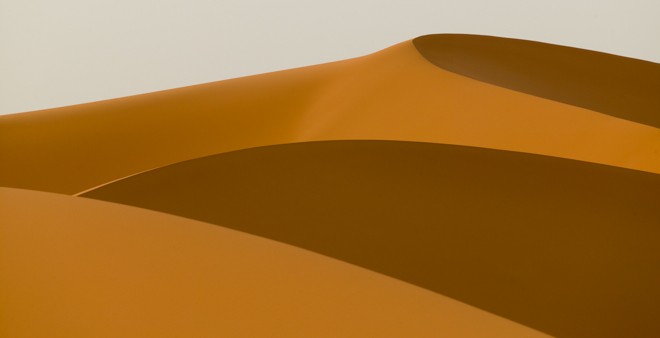
What exciting plans do you have for the rest of the year?
This year is quite tame for me with one trip behind me (India) and one coming up in October to Nepal, so it’s a quiet year for travel. Saying that I have a lot of planning to do this year for the onslaught of 2014 where I plan to run trips to Nepal twice, India twice, Iceland (possibly this winter as well) and Burma. I have a steady schedule of UK courses running this year as well as private tuition, all this and a new baby on the way in May!
